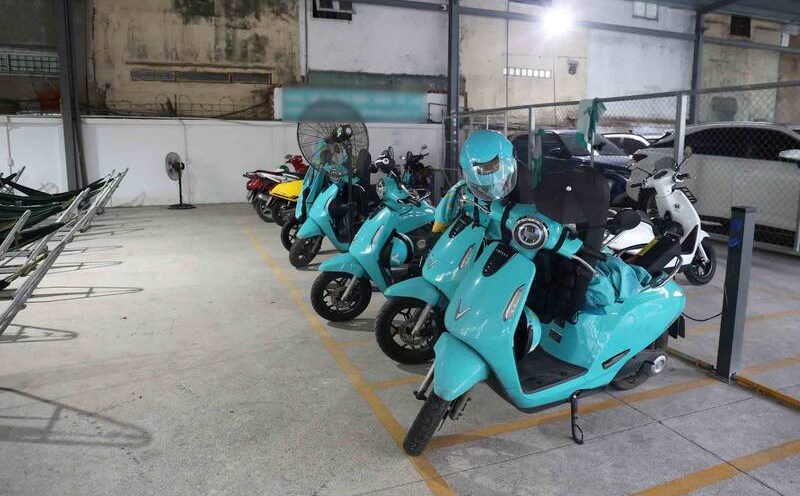The Russian military has deployed a long-range K-77M anti-aircraft missile in Ukraine, marking the first time this secret weapon has been used in practice.
The K-77M is a deeply modernized version of the R-77 series developed by the Soviet Union, capable of posing a significant threat to Ukrainian aircraft near the front line.
The K-77M is equipped with fighter jets such as the Su-35 and the Su-57 stealth fighter. The missile uses a two-mode solid fuel engine, allowing it to reach a range of about 190km, especially effective for high-altitude targets. The optimized aerodynamic design and the 9B-1103M-200PA three-modus radar detector help increase noise resistance, surpassing the old R-77 version.
The debris discovered in Ukraine is believed to be authentic evidence that Russia has deployed the K-77M into combat. This puts the Ukrainian air force at risk of being attacked from a long distance without a chance to react.
The R-77 missile has attracted attention thanks to its active radareteor, but has limited wing design and performance. The R-77-1 version was later released with a small improvement, before the K-77M became a major breakthrough in performance, especially when combined with the missile launch strategy from high ground outside the air defense radar coverage area.
The ability to flexibly integrate on both the Su-35 and Su-57 helps Russia expand its combat plan. Although the K-77M can be carried in the Su-57's arms to maintain its invariance, public images show that it is often mounted under the wing.
Previously, US intelligence warned that Russia was developing a surface-to-air missile carrying nuclear warheads for MiG and Su fighters. Although it has existed since the Cold War, the current appearance of this type of weapon raises concerns about the strategy of escalating conflicts in the region.











